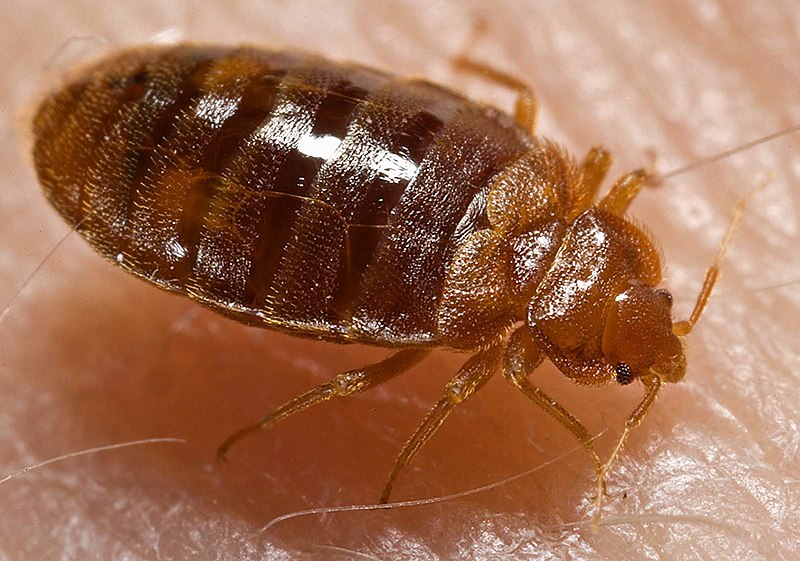Fichier:Bed bug, Cimex lectularius.jpg

Taille de cet aperçu : 800 × 561 pixels. Autres résolutions : 320 × 224 pixels | 640 × 449 pixels | 1 024 × 718 pixels | 1 280 × 898 pixels | 1 600 × 1 122 pixels.
Fichier d’origine (1 600 × 1 122 pixels, taille du fichier : 161 kio, type MIME : image/jpeg)
Historique du fichier
Cliquer sur une date et heure pour voir le fichier tel qu'il était à ce moment-là.
| Date et heure | Vignette | Dimensions | Utilisateur | Commentaire | |
|---|---|---|---|---|---|
| actuel | 17 mai 2007 à 16:11 |  | 1 600 × 1 122 (161 kio) | Patho | == Summary == {{Information |Description=ID#: 9822 Description: This 2006 photograph depicted an oblique-dorsal view of a '''bed bug nymph, Cimex lectularius''', as it was in the process of ingesting a blood meal from the arm of a “voluntary” human h |
Utilisation du fichier
Les 7 pages suivantes utilisent ce fichier :
Usage global du fichier
Les autres wikis suivants utilisent ce fichier :
- Utilisation sur af.wikipedia.org
- Utilisation sur an.wikipedia.org
- Utilisation sur ar.wikipedia.org
- Utilisation sur arz.wikipedia.org
- Utilisation sur ast.wikipedia.org
- Utilisation sur azb.wikipedia.org
- Utilisation sur be.wikipedia.org
- Utilisation sur bg.wikipedia.org
- Utilisation sur bjn.wikipedia.org
- Utilisation sur bn.wikipedia.org
- Utilisation sur bs.wikipedia.org
- Utilisation sur ca.wikipedia.org
- Utilisation sur ca.wiktionary.org
- Utilisation sur ceb.wikipedia.org
- Utilisation sur cs.wikipedia.org
- Utilisation sur cv.wikipedia.org
- Utilisation sur dag.wikipedia.org
- Utilisation sur de.wikibooks.org
- Utilisation sur din.wikipedia.org
- Utilisation sur el.wikipedia.org
- Utilisation sur eml.wikipedia.org
- Utilisation sur en.wikipedia.org
- Utilisation sur en.wikinews.org
- Utilisation sur en.wiktionary.org
Voir davantage sur l’utilisation globale de ce fichier.
